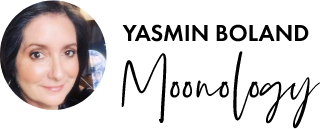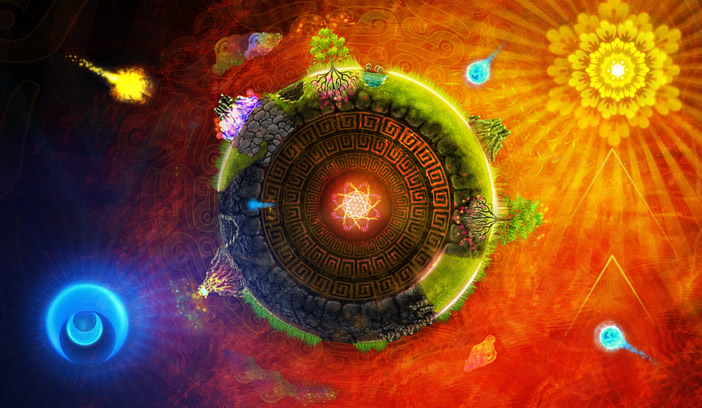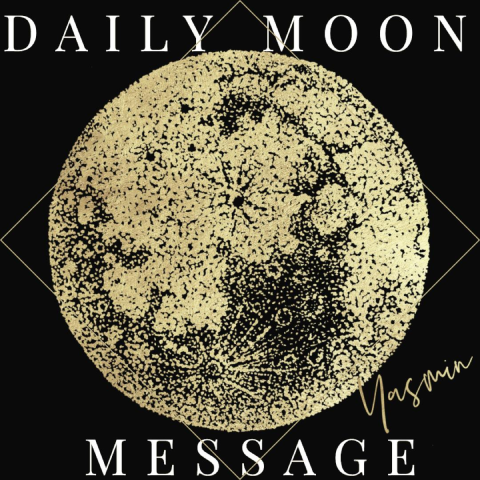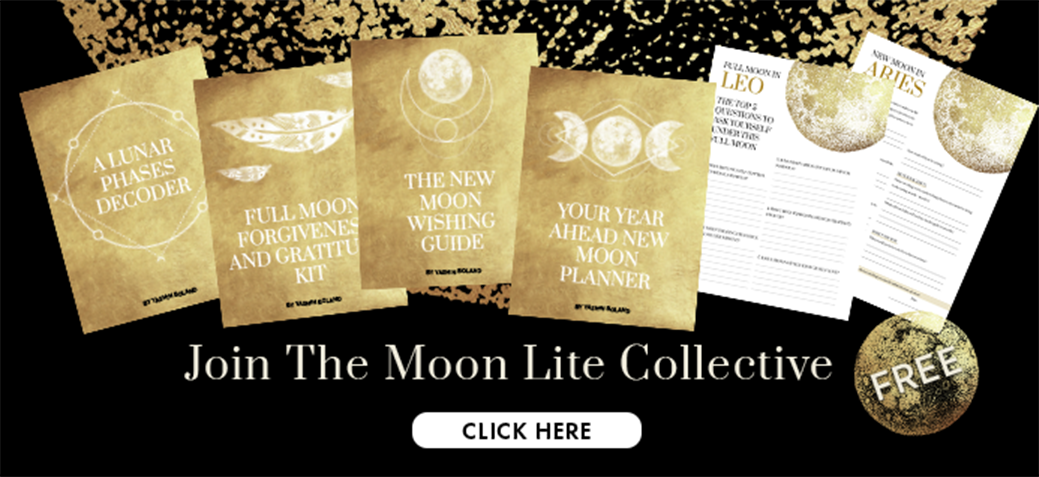While the old guard of traditional medics still talk about the ‘placebo effects’ of New Age practices, many of their younger colleagues are working after hours to gen up on all there is to know about acupuncture meridian points, for example.
If nothing else, they know they have to ‘keep up’ if they don’t want to lose chunks of their younger clientele to Chinese herbalists and the like.
The whole question of ‘placebo effects’ could take up a whole book, of course. Doesn’t the very idea of it prove that we can control our body with our beliefs?
But that’s another story.
Here I want to talk about chakras. These are the energy hot spots on the body which run along the meridian lines – the lines used in acupunture.
In 1998, acupunture was investigated by the US Food And Drug Administration and found to work “as well as or better than” traditional Western medicine for a vaiety of ailments.
And that’s the way with so much so-called ‘alternative medicine’.
People with bad backs are reporting breakthroughs with acupuncture needles, people who previously had ‘no energy’ tell us that a few well chosen Chinese herbs can make all the difference. Even people with Chronic Fatigue Syndrome are reporting progress through meditation.It makes you wonder if there isn’t something in it.
Assuming that ancient Eastern medical practices do have something to offer us, it’s worth considering chakras. Chakras are intrinsic to any New Age health practice worth its sacred mineral salt, and have been central to Eastern medicine for literally thousands of years.
A chakra, according to ancient Indian and Chinese medicine is an energy hotspot on the body, a vortex of spinning energy, not usually visible to the naked eye, a bit like an aura.
Said to link the physical and the spiritual, a well-balanced chakra is considered a vital component in holistic health. If your chakras aren’t spinning properly, says Eastern medicine, you may be suffering unnecessarily.
Sydney-based kinesiologist Kim O’Brien explains: “There are seven major chakras on the human body and each regulates energy flow to its surrounding organs. More than that, though, a chakra is also said to relate to our emotional well being”.
Chakras are said to be connected to our major endocrine organs which in turn regulate our hormones – so an out of balance chakra can contribute to emotional/hormonal problems.
In other words, if our reproductive chakra is blocked, not only do practitioners believe that our ovaries or testes may be affected, contributing to illnesses such as ovarian cysts or testicular cancer, but also that our beliefs about our sexual self may be affected, resulting in such complications as low sex drive, frigidity or the inability or form healthy sexual relationships.
“Or, if our throat chakra is out, not only might we experience problems such as laryngitis, sore throats and the like, but we may also experience difficulty expressing ourselves,” says O’Brien.
HOW TO TELL IF YOUR CHAKRAS ARE HEALTHY
Chakra: Crown
Location: The middle of the top of the head
Endocrine Gland: Hypothalamus and pituitary
Physical Symptoms: Dyslexia, insomnia, headaches Emotional Symptoms:
Overwhelming stress
Telltale Signs: Wearing hats, repeatedly brushing the top of your head
Chakra: Brow
Location: In the middle of the forehead
Endocrine Gland: Pineal gland
Physical Symptoms: Headaches, problems with eyesight Emotional Symptoms:
Inability to accept one’s individuality
Telltale Signs: Rubbing forehead, frowning
Chakra: Throat
Endocrine Gland: Thyroid and Parathyroids glands
Physical Symptoms: Sore throats, laryngitis, osteoporosis
Emotional Symptoms: Problems with self expression, dislike of singing
Telltale Signs: Constantly clearing the throat or coughing
Chakra: Heart
Location: Between the breasts
Endocrine Gland: Thymus gland
Physical Symptoms: High blood pressure, heart attacks Emotional
Symptoms: Low self-esteem, fixating on others romantically
Telltale Signs: Unexplained feeling of tightness in chest area
Chakra: Solar Plexus
Location: The navel area Endocrine Gland: Endocrine tissue of the
pancreas (known as the Islets of Langerhanns)
Physical Symptoms: Stomach problems, fatigue, diabetes Emotional
Symptoms: Issues of personal power, ambition problems, angers
Telltale Signs: Nervousness, ‘butterflies’ in tummy
Chakra: Reproductive
Location: Just below the navel
Endocrine Gland: Ovaries in women and testes in men
Physical Symptoms: Problems with ovaries or testicles, fertility and
bladder problems Emotional Symptoms: Low sex drive, frigidity, inability
to form healthy sexual relations, crying a lot
Telltale Signs: PMT, sexual addiction
Chakra: Base
Location: Between the legs
Endocrine Gland: Adrenal glands
Physical Symptoms: Diarrhoea, constipation, eating disorders
Emotional Symptoms: Bad body image, feeling ‘stuck in a rut’,
Telltale Signs: Indecisiveness, always broke
So what causes a ‘chakra’ to be out of proper working order? Kim O’Brien explains: “According to Chinese medicine, a chakra should spin backwards and forwards like a washing machine agitator. Problems occur if it is spinning erratically or not at all.
“A trained kinesiologist can tell you whether or not a particular chakra is working as it should.”
Today, as you might expect, one of the main causes of chakra problems is drug and/or alcohol abuse. A chakra is an energy conductor alcohol and drugs, according to Eastern philosophies, block our body’s ability to make energy, or chi, flow smoothly.
“What we do to our physical body has an effect on what we do to our ‘subtle’ anatomy,” says Kim.
“Air conditioning, fluro lights and VDUs all affect our chakras. As does emotional trauma, because when we are emotionally distressed, it is harder for our bodies’ energy to function efficiently.
“Stress will also put a chakra out of whack. And too much time spent too far away from nature will eventually have an effect.”
So what can we do if we recognise that perhaps one of our chakras is, indeed, slightly out of balance?
The bad news is that there’s no easy cure – no pill that we can swallow to make the problem go away. As with much in the esoteric realm, curing a problem takes time, patience and vigilance, as well as faith and determination.
The good news is that the treatments needn’t be either too costly nor too time consuming.
As you might expect, at the top of the list for curing a chakra problem are New Age/Eastern medicine treatments such as acupuncture, Chinese herbs, kinesiology and homeopathy.
“Yoga and meditation, particularly mantra meditation, also help enormously,” says Kim. “As does creative visualisation – because with that you are willing yourself to be better, as well as, hopefully, taking positive concrete steps, for example, not drinking too much alcohol.
“A good diet is also important – good nutrition keeps our bodies balanced.”
And, if nothing else, many of these ‘cures’ have positive knock-on benefits – mediation, for example, is acknowledged by many psychiatrists as being a powerful tool for relaxation, regardless of what they think about spinning energy fields.
Western medical opinion is still divided on the issue of chakras. Sydney MD Dr Jennifer Hunter says: “Although there’s no physical evidence for the existence of chakras, it’s interesting to note that
ancient Indian and Chinese medicine was able to identify the approximate locations of the chakra’s corresponding endocrine glands, without the detailed knowledge of anatomy and physiology that we have today.
“I think there’s little chance that Western medicine will take chakras seriously until we have the technology to measure their energy. But just as electricity existed before we had the tools to measure it, so chakras may also exist.
“If nothing else, the concept of chakras provides an excellent framework for interpreting the links between the physical, emotional and spiritual states.”
Further reading
Vibrational Medicine by Dr Richard Berger
Quantam Health by Deepak Chopra
The Chakras by CW Leadbetter



